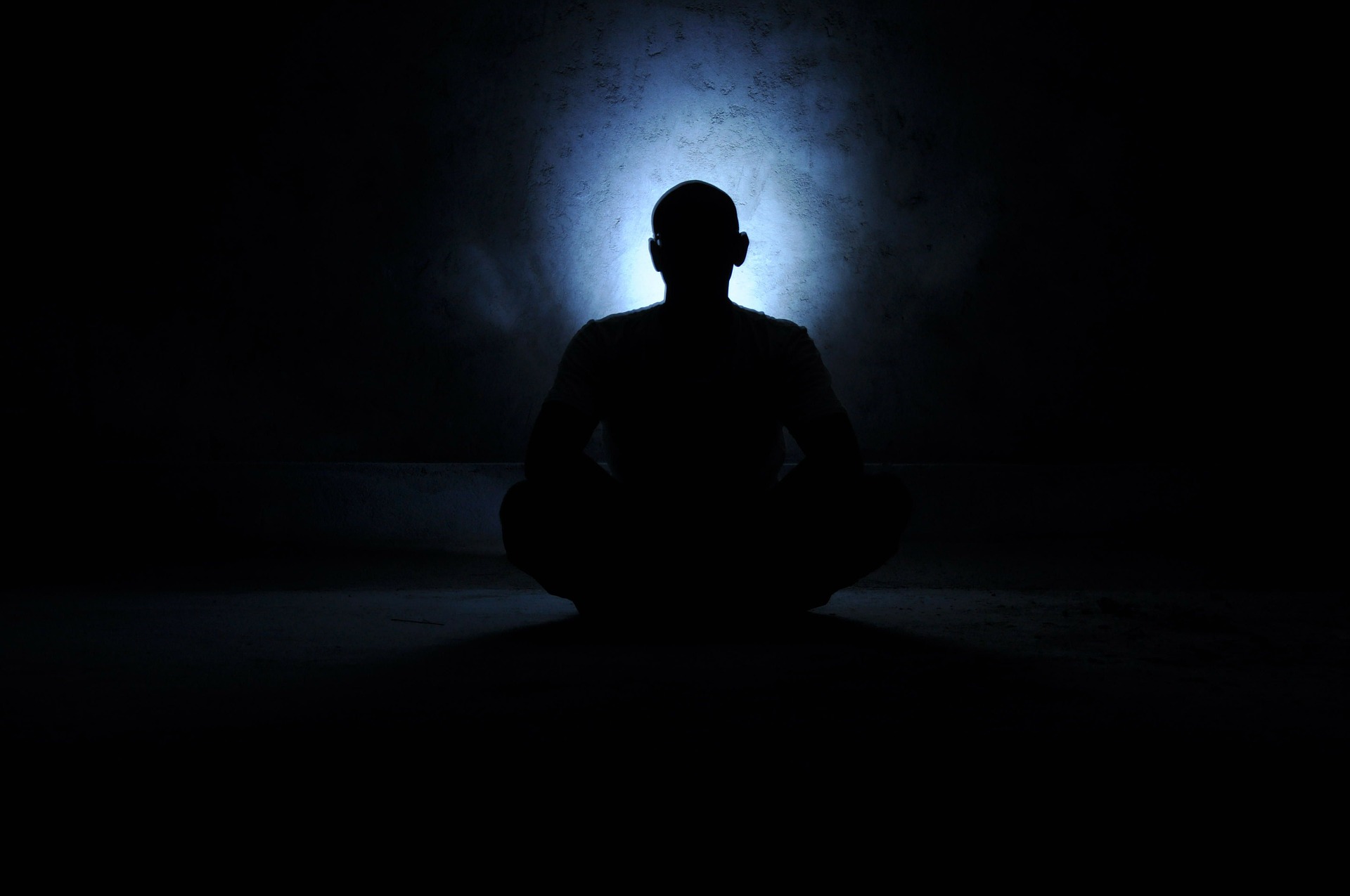 Submitted by Sant Lee on
Submitted by Sant Lee on

At one time it was a fashion in psychology not to talk about consciousness. In fact the 1984 edition of the Encyclopaedia of Psychology, published by Wiley and Sons from New York, did not contain any entry for the term. The tide has now turned and it has become a trend to talk about consciousness and spirituality not only in psychology but also in management, social sciences and even in physics! Therein lies a serious risk. In our zeal to recover lost ground, we may cause chaos instead of integration. Overenthusiastic researchers without any experiential knowledge can bracket spirituality or consciousness with a host of other variables in a multi-variate analysis. Counsellors, without bothering to refine their own consciousness, or not feeling the necessity of personal growth, can go on marketing spirituality to clients. The result would not only be futile but disastrous.
The story of Shambuk in the Rāmāyaṇa has an interesting significance. A wailing Brahmin couple brought the corpse of their dead child at Sri Raama’s court to claim that the child had an untimely death due to anarchy in the kingdom and hence it was obligatory for the king to revive the child. Nārad, the divine sage, explained that a deformation and dilution of the purity of consciousness among aspirants aiming for a higher life was the cause of the anarchy. Sri Raama immediately started exploring his kingdom and found in one corner of a mountain lake an aspirant immersed in a highly aggressive meditation bent upon conquering the kingdom of God with brute force, sheer might and demonic strength. The person revealed his identity as Shambuk, who hailed from a lower caste and narrated that his intention was to conquer heaven by an aggressive spiritual force so that he could become a god! On hearing this, Sri Raama immediately beheaded Shambuk and simultaneously the hitherto dead child revived.
This story raises several queries. Why was Shambuk punished for meditating? Does not one have the right and independence to meditate in one’s own way? Was the punishment so severe because Shambuk hailed from a lower caste? How can one reconcile the beheading of Shambuk by Sri Raama revered to be the embodiment of the Divine and considered to be the Lord of compassion and mercy?
If we read the Rāmāyaṇa carefully, we shall find that Sri Raama never did injustice on the basis of caste distinctions or ever interfered in the right to spiritual pursuits. In the case of Shambuk, it was neither the meditation nor the caste of Shambuk that was an issue. What were of concern were the motivation, style and poise of Shambuk’s meditation. It was the meditation of a Satanic, devilish, impure and perverted consciousness that had to be eliminated for the sake of the society. It was Sri Rāma’s divinely ordained duty to establish the rule of ethics in a world dominated by infra-ethical, titanic forces and he could not afford to give a chance to the Asura to raise its head. The description of Shambuk hailing from a lower caste in this story is just a symbolical representation of an impure consciousness (1).
Nolini Kanta Gupta explains that Shambuk’s narrative establishes an important seed-idea of the Yogic tradition which asserts that purity of consciousness and harmony of the being are necessary preludes in any spiritual endeavour. The corollary runs that any premature pursuit of spiritual powers in an impure and disharmonious consciousness not only magnifies the ego but actually increases and emboldens the impurity and perversion of the aspirant to disastrous levels (2).
Purity as a virtue exists along with humility. Without humility, purity cannot be attained. Without humility one cannot conquer the ego. Without humility, one becomes bloated with pride and a spiritual pursuit in such poise can invite chaos and anarchy.
“Indeed, in the human being it is always the door of pride at which the Adversary knocks, for it is this door which opens to let him enter” (3).
Shambuk’s spiritual pursuit was aggressive, egoistic and full of pride. That is the Titan’s way of action. It was not a joyful surrender but a pulling down of a higher power into the receptacle of his impure lower being. It needs to be emphasised that such an act is not merely meaningless and futile but also dangerous and disruptive. Moreover, it is a misnomer to consider power to be synonymous with aggression.
“All who are truly strong and powerful are always very calm....True calmness is always a sign of forcefulness” (4).
It follows therefore that any attempt to introduce consciousness and spirituality into our counselling arsenal without the counsellor’s own endeavour to grow in consciousness and purify oneself would not only be futile and an act of ignorance but dangerous as it could unleash disruptive forces and negative energies harmful to the client. The counsellor has to surpass the ego and learn to surrender oneself to the Divine puissance if one wishes to work in accordance with a consciousness-based program of psychotherapy and personal growth. The Mother (5) explained,
“Purity is perfect sincerity and one cannot have it unless the being is entirely consecrated to the Divine”(p.156).
Dr. Soumitra Basu
http://www.namahjournal.com/doc/Actual/Omnipresence-in-healing-vol-21-iss-2.html
References
1. Bhattacharya Amalesh. Rāmāyaṇa Katha(Bengali), Kolkata: Prativash; 2011, pp. 290-3.
2. Gupta, Nolini Kanta. Rachanabali (Bengali), Vol. 5, Srinvantu, 2nd ed. Kolkata; 1999, pp. 29-30.
3. The Mother. Collected Works, Vol.14, Pondicherry: Sri Aurobindo Ashram Trust, 1985, p. 160.
4. Ibid., p. 183.
5. Ibid., p. 156.
- 596 reads